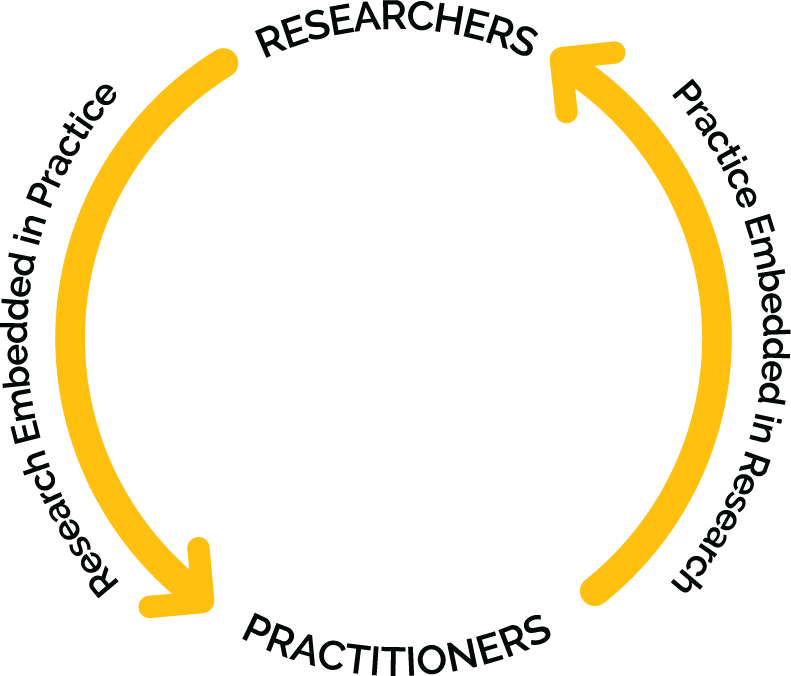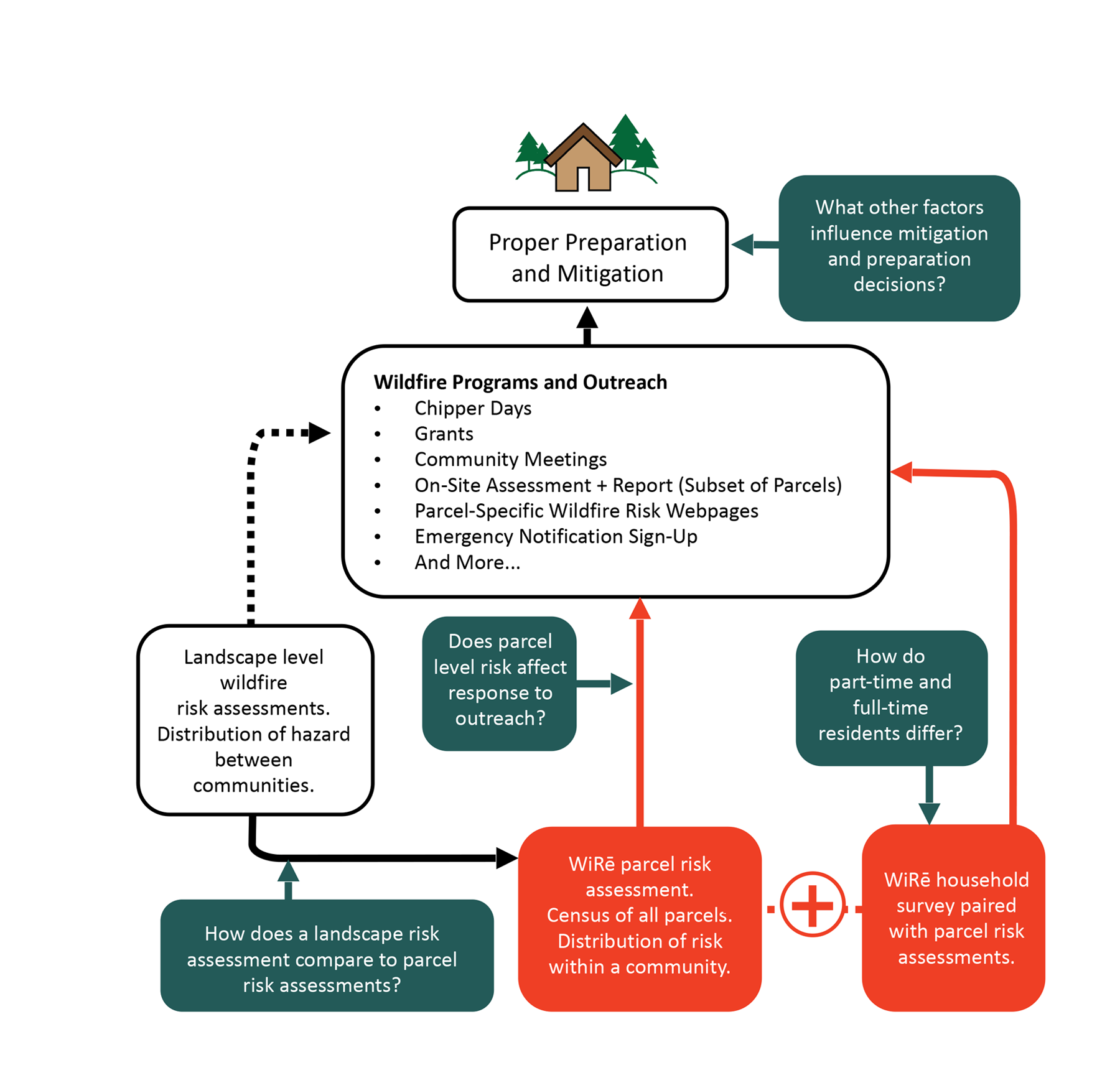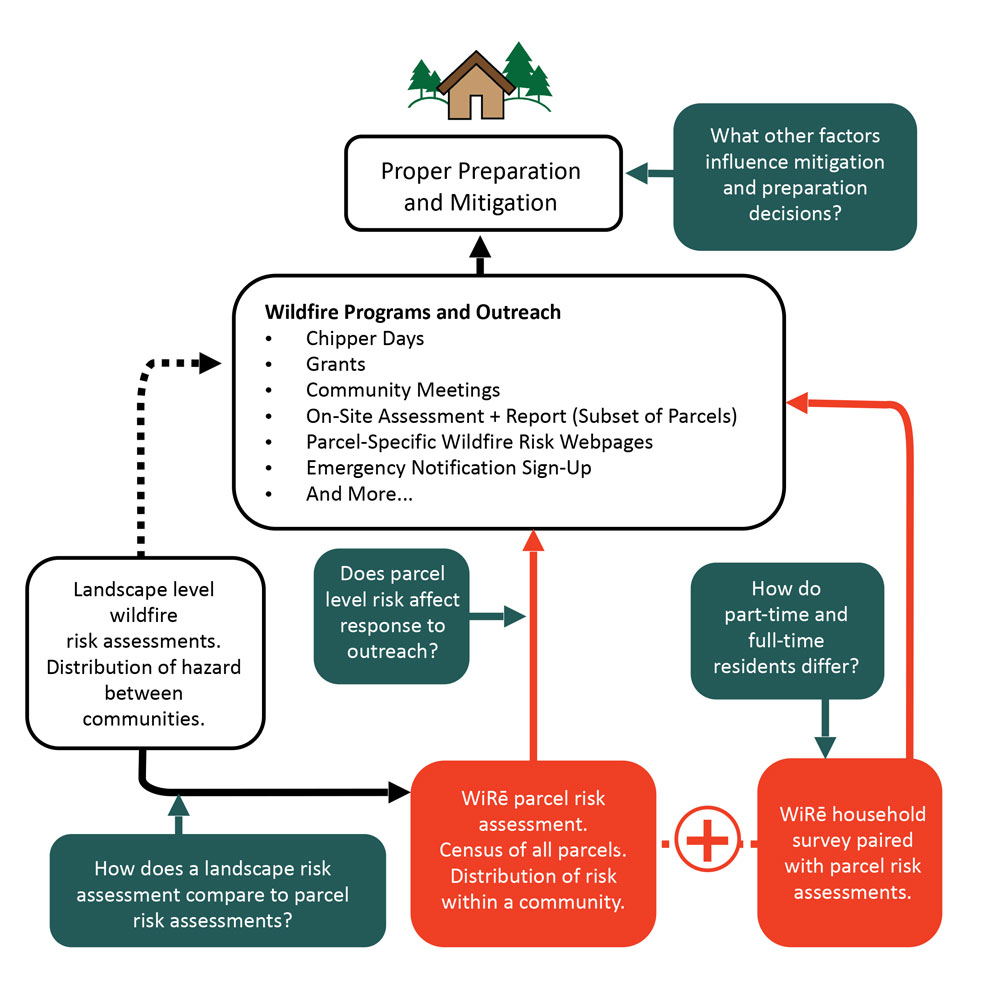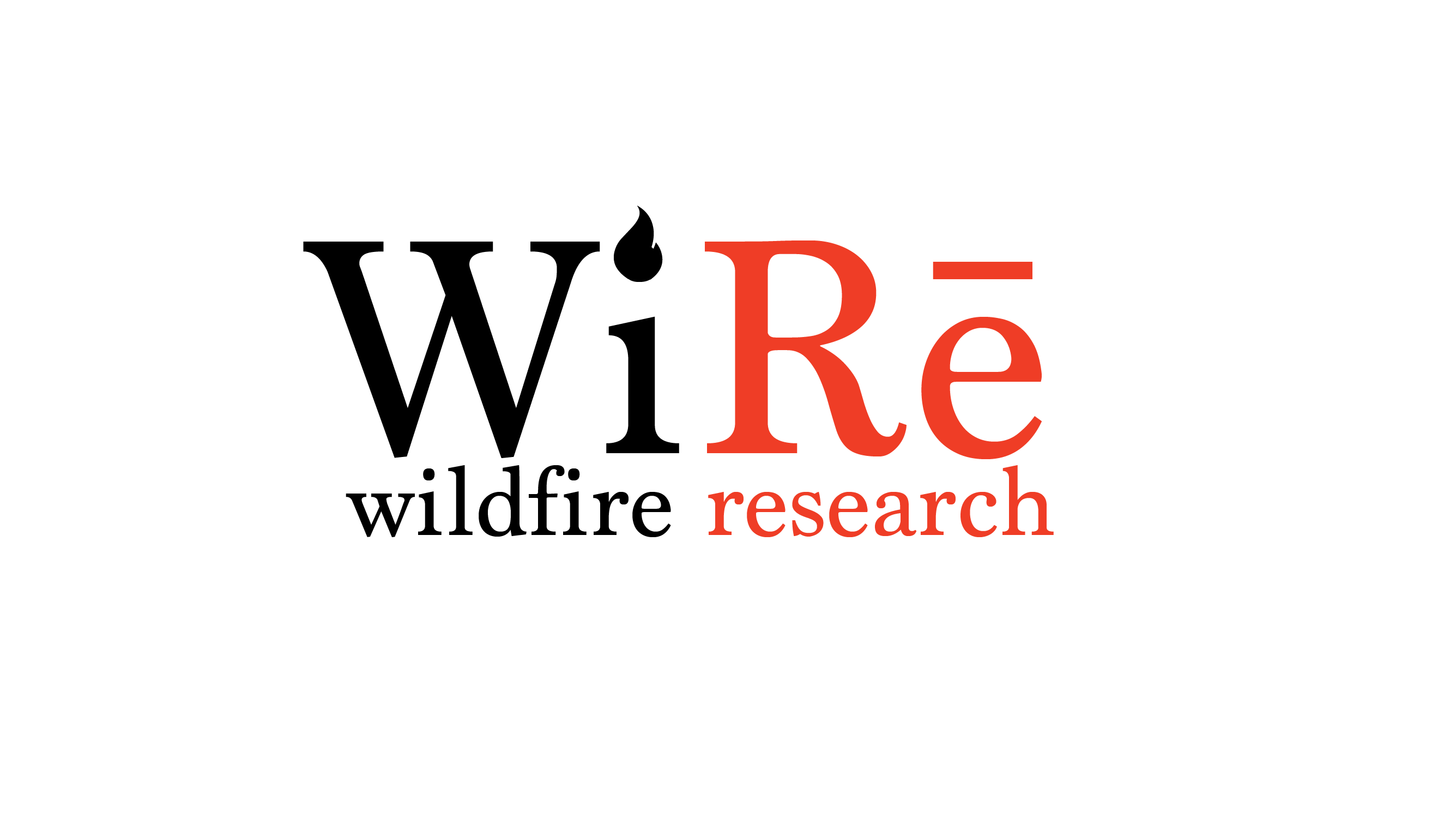The WiRē Approach
Our systematic collection of parcel level wildfire risk and social data for an entire community sets the approach apart from other models of wildfire risk assessment.
The needs of the community dictate the level of service the WiRē Center provides.
The WiRē Center provides the avenue through which communities can access research expertise and implement the WiRē Approach. The WiRē Center provides training and support to allow practitioners to collect data and map results. WiRē Center also has the capacity to produce additional data summary, analysis, and outreach products, tailored to the needs of our partners.
One underlying philosophy of the WiRē approach is that wildfire practitioners will develop better programs if they participate in the data collection process and share the results with their communities.
Experience has demonstrated that sharing the results from the systematic data collection with the community provides a common platform for constructive discussion about adapting to wildfire. Therefore, the WiRē Center summarizes analysis of local data to facilitate collaborative processes.
Another aspect of the WiRē Center is the management and compilation of the data collected across communities. The systematic data collection approach will facilitate development of a large data repository that we can analyze to provide insights across space and time with respect to wildfire risk on private land and the characteristics, knowledge, and experience of the people who live on those parcels. These data are an important contribution to the state of knowledge regarding private land and wildfire risk.

Distinguishing Characteristics of the WiRē Approach
Several characteristics of the WiRē approach distinguish it from other community wildfire adaptation efforts:

Long Term

Collaborative

Actionable

Holistic

Individuals & Communities
Our work is based on a long-term, researcher-practitioner collaboration where researchers and practitioners contribute equally to the research agenda, methods, and questions. Through this iterative process the approach continues to evolve and adapt while maintaining a central focus on creating tools and information for effective science-based wildfire education programs.
The systematic WiRē approach focuses on all private land parcels with a primary residential structure within a community. The holistic community approach is a notable departure from opportunistic wildfire education programs that focus substantial effort on a few community residents.
Research Embedded in Practice
WiRē data support efforts to increase homeowner wildfire mitigation and preparedness and to address critical research questions about wildfire risk. The red boxes show WiRē data, and the teal boxes show research questions WiRē can explore with collected data.

Research Embedded in Practice
WiRē data support efforts to increase homeowner wildfire mitigation and preparedness and to address critical research questions about wildfire risk. The red boxes show WiRē data, and the teal boxes show research questions WiRē can explore with collected data.

“In sum, our position is that that social data collected at the scale of local programs, standardized to allow for replication across space and time, using a co-productive process that intertwines research and practice, help assure that the science is useful and actionable.”
Putting people first: Using social science to reduce risk – International Association of Wildland Fire

Our Methods
Our systematic, collaborative process starts with two data collection efforts.
Risk Assessment
A rapid wildfire risk assessment based on attributes related to building materials, vegetation near the home, background fuels and topography, as well as access for the fire department to the parcel.
Household Surveys
Household surveys of the residents of the assessed parcels to investigate homeowners’ perceptions of wildfire risk, risk mitigation behaviors, and responses to incentives to mitigate risk.
The Big Picture
“An Innovative Approach to Understanding Communities”
Meet the WiRē team. The first of the three videos in the series introduces the WiRē Team and explains how they are helping communities adapt to wildfire. The WiRē Team’s unique approach unites researchers and wildfire mitigation professionals in collecting community-specific data to tailor programs that support local solutions; allowing communities to get in front of the wildfire problem.
The Process
“Applying the WiRē Approach”
The second video delves into the WiRē Team process of pairing social data from residents living in the wildland urban interface with parcel level wildfire risk data. Using this community specific data, the WiRē team works with local wildfire professionals to understand how programs can be tailored to effectively move local residents to take action to reduce wildfire risk.
The Outcomes
“Becoming More Fire Adapted Through Better Understanding of the Community”
The final video in the three part series describes how a better understanding of a community can be used to develop more effective wildfire programs. The WiRē Team’s unique approach helps wildfire educators, mitigation specialists, and others who are working with communities at risk from wildfire tailor their efforts to the specific needs of community residents; resulting in increased fire adaptation.
